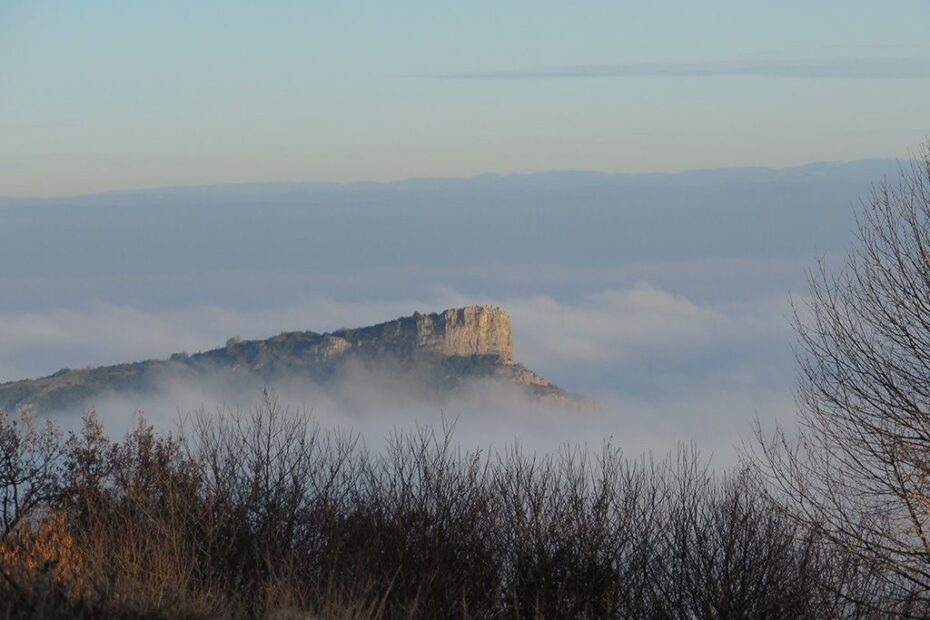In our last article we talked a little about Chablis, the northern region of Burgundy. Today we jump far to the south. So: back to Burgundy!
We are now in the warmest part of Burgundy, where the borders of two wine regions overlap: Mâconnais and Beaujolais. The first is again the realm of the Chardonnay, while in the second the red Gamay grape thrives.
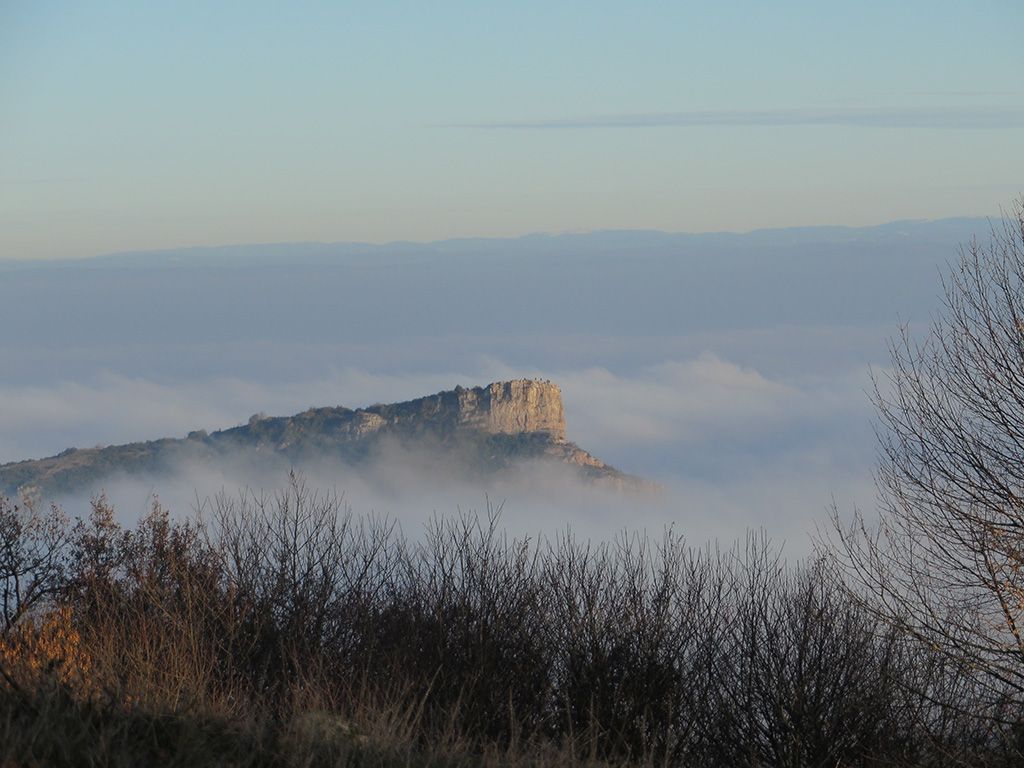
Mâconnais
The region was recognised as particularly suitable for viticulture even before the arrival of the Romans, but the main impetus came from the monasteries of Tournus and Cluny in the Middle Ages. Under the relative stability of the ecclesiastical order, the monks were also the first to identify specific crus, which allowed for a systematic categorisation of the plots.
Here, the Chardonnay grape grows on limestone covered with clay or alluvial soil. The warmer climate compared to the rest of Burgundy suits the white grape perfectly, which accounts for almost 90% of the region's production. Most white wines are sold under the Mâcon Blanc or Bourgogne Blanc appellations. Similar story for the few red wines (mainly from Gamay) sold under the label Mâcon Rouge or often, if made from Pinot Noir, under the more valuable Bourgogne Rouge. The AOC Mâcon-Villages is theoretically a higher tier, but to get into the real game we have to look for the name of one of the 26 villages allowed on wine labels. Viré-Clessé, Saint Véran, Pouilly-Loché and Pouilly-Vinzelles are just some of the names that can guarantee high quality at a good price compared to other areas of Burgundy.
At the top of the list of villages is undoubtedly Pouilly-Fuissé. An irregular topography interspersed with chalky hills rich in alkaline clay. Each vineyard shows different faces of Chardonnay, with some south-facing ones ripening two weeks before the north-facing ones. What all the best Pouilly-Fuissé wines have in common is a richness and juiciness that can only get better with time.
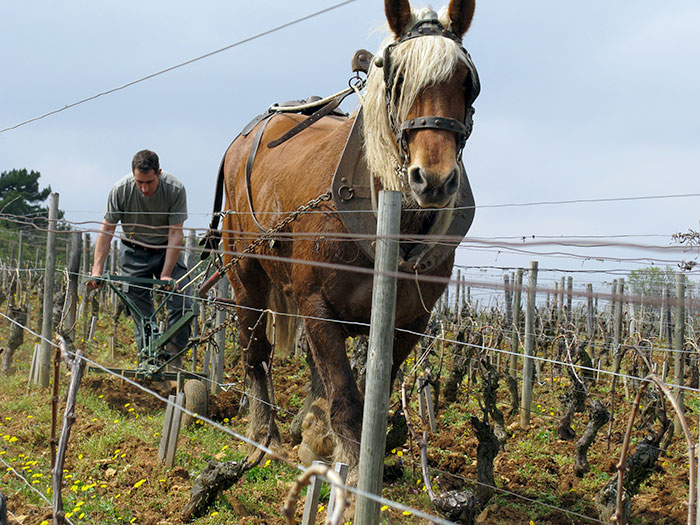
Beaujolais
Beaujolais would not be a wine region without Gamay, the main grape in the region, which covers 98% of the total production. It was indeed a happy encounter, that between Beaujolais and Gamay. The grape was banished from the central part of Burgundy in 1395 to make way for the more famous and valuable Pinot Noir. Pushed south, it found the granitic soil and warmer temperature of Beaujolais where it thrived.
The wine region is divided into two parts, clearly identifiable by the position of the different appellations. Bas Beaujolais in the south, mainly flat and with rich soil of sandstone and clay. This is the home of the famous/infamous Beaujolais Nouveau, produced under the Beaujolais AOC. The northern part (roughly taking the town of Villefranche as a reference point) is where most of the Beaujolais Villages AOC and the Crus Beaujolais AOC are located. Here the soil is mainly slate and granite with some limestone.
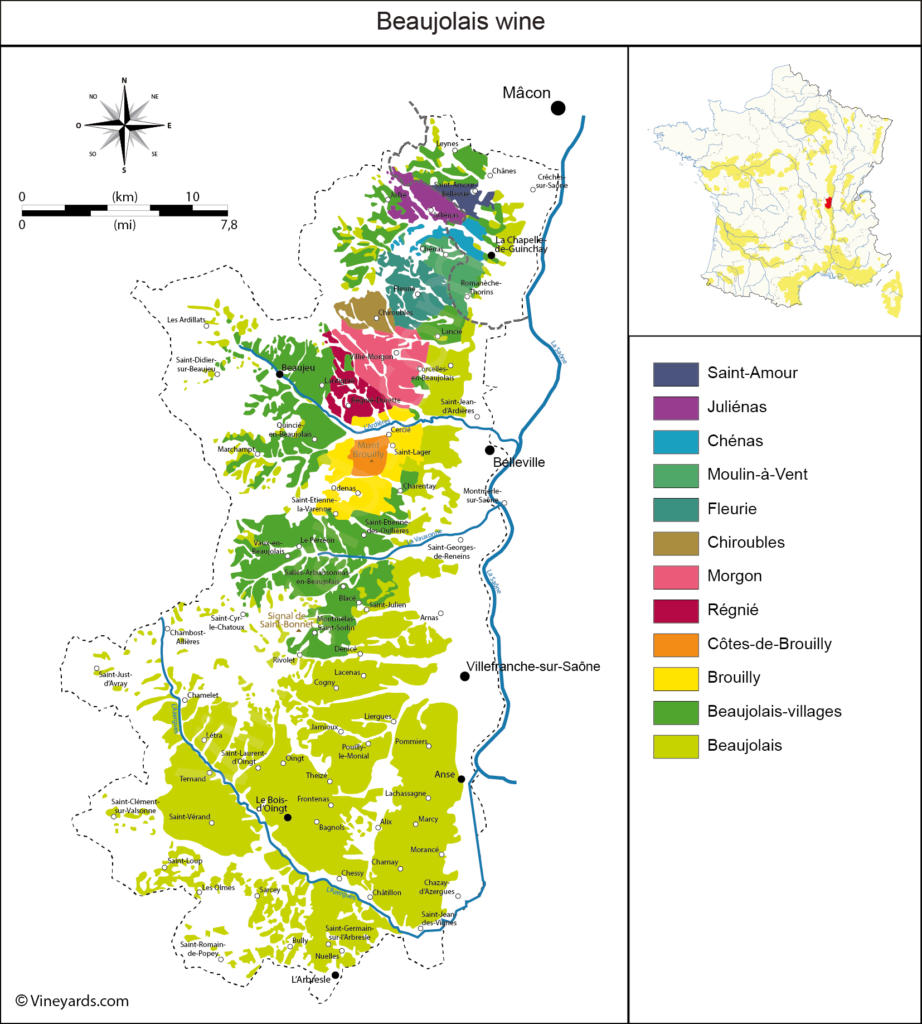
Among the Cru Beaujolais AOC, there are some underrated jewels spread over 10 areas (in Beaujolais, the term "cru" identifies an area and not a single vineyard): Brouilly, Régnié and Chiroubles produce lighter wines; Côte de Brouilly (higher slopes of the extinct volcano Mount Brouilly), Fleurie and Saint-Amour provide medium-heavy wines. The four other crus offer full-bodied wines that can be consumed between four and ten years from the vintage: Chénas, Juliénas, Morgon and Moulin-à-Vent.
From slightly chilled light wines to something older and more complex, Beaujolais is the perfect area for affordable Burgundy growths of excellent quality.
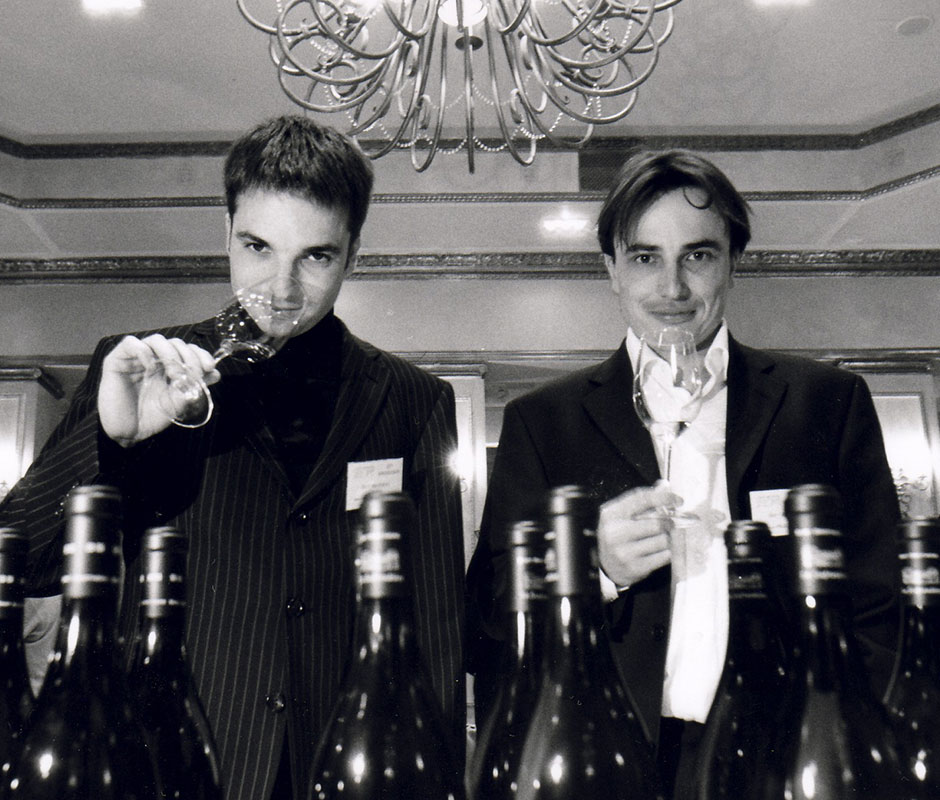
Bret Brothers
The winery that best represents the overlapping geography of the two wine regions is Bret Brothers, also known as La Soufrandière.
Jean-Guillaume and Jean Philippe Bret are known under the name of La Soufrandière Part of the new wave of producers who revitalised the Côte Mâconnais after the stagnation of the 80s. With a focus on biodynamic cultivation and hand harvesting, La Soufrandière stands for character and identity. Each parcel is harvested and vinified separately to ensure the identity of each Climats to show. Pouilly-Vinzelles Climat Les Quarts or Pouilly-Fuissé Climat Au Vignerais are wonderful starting points to explore the different facets of this terroir.
But the exploration of the regions south of the Côte d'Or does not end in the Mâconnais. In Beaujolais, the brothers work under the label Bret Brothers, also buy grapes from friendly winemakers. The same high quality standards of La Soufrandière are applied here. The Gamay grape is the perfect complement to the Chardonnay in the brothers' portfolio. Precision and drinkability are obligatory, along with a beautiful minerality and the absence of obvious wood flavour. Julienas Climat La Bottière and Fleurie Climat Poncié are just two examples of varieties and differences between the individual villages of Beaujolais. And the Bret brothers are definitely the right winemakers to show us these nuances.
A small selection:
-
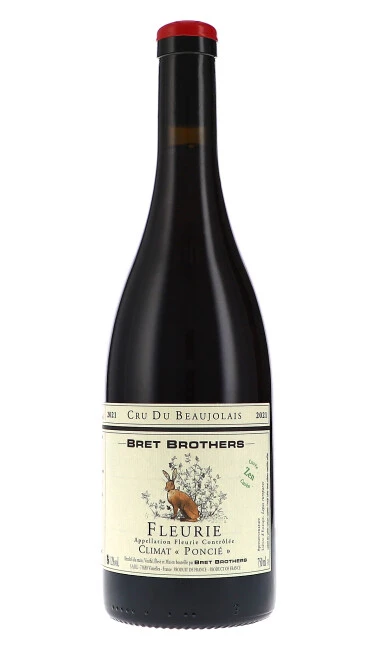 Fleurie Climat "Poncié" Zen AOC 202134,50 €Incl. VAT where applicable(46,00 € / 1000 ml)plus shippingDelivery Time: approx. 2-3 workdays
Fleurie Climat "Poncié" Zen AOC 202134,50 €Incl. VAT where applicable(46,00 € / 1000 ml)plus shippingDelivery Time: approx. 2-3 workdays -
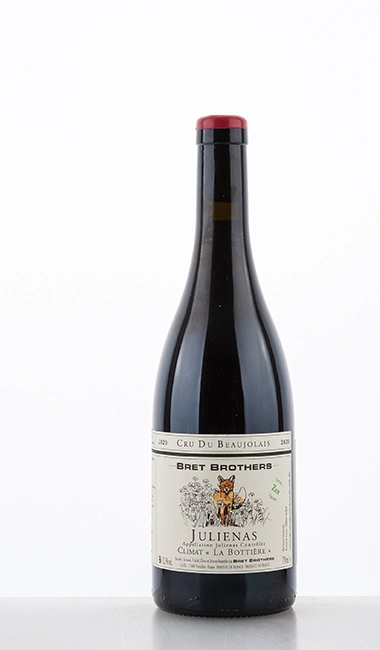 Julienas Climat "La Bottière" Zen AOC 202028,50 €Incl. VAT where applicable(38,00 € / 1000 ml)plus shippingDelivery Time: approx. 2-3 workdays
Julienas Climat "La Bottière" Zen AOC 202028,50 €Incl. VAT where applicable(38,00 € / 1000 ml)plus shippingDelivery Time: approx. 2-3 workdays
In the next part of this series, we will face the heart of Burgundy. Names like Beaune, Côte de Nuits and Meursault already sound from afar...

